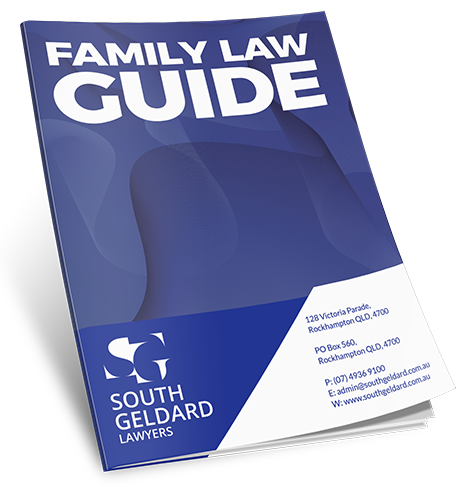The enforcement of the terms of Development Approvals (DAs) in Queensland is achieved by the Planning Act 2016 (‘the Act’) which commenced in mid-2017.
Under the Act, land use planning and development is conducted on an integrated basis between local and state government. Under local planning schemes, local authorities are primarily responsible for how developments are assessed in its area under the Act but must also take into account state interests and any existing regional plan.
The local scheme will determine what aspects of a development, such as building heights, site setbacks and other restrictions, will be code or impact assessable.
In Queensland, a DA under the Act may be needed in order to undertake:
- building work;
- plumbing or drainage work;
- reconfiguring a lot (commonly called subdivision), or
- changing the use of premises (which can include intensity and scale of use).
The Act sets out the types of behaviour that constitutes an offence, including carrying out development without a development permit, undertaking prohibited development or, for the purposes of this article, failure to comply with a DA. This includes the maximum penalties for each offence and where any exceptions may apply.
The importance of complying with a DA
A DA attaches to the premises and binds the owner, the owner’s successors in title and any occupier of the premises. It remains in effect even if there is a later development approved for the lot or the premises are reconfigured.
Failure to comply with the conditions of a DA is classed as a ‘development offence’ under the Act and draws a maximum penalty of 4,500 penalty units (with the value of one penalty unit for most offences under state legislation being $133.45 as at 1 July 2020), or more than $600,000.
The enforcement authority, such as the local council, must provide a ‘show cause’ notice under section 167 of the Act. This notice is issued if the enforcement authority reasonably believes a person has committed, or is committing, a development offence; and is considering giving an enforcement notice for the offence to the person.
The show cause notice must:
- state the enforcement authority is considering giving an enforcement notice to the person;
- outline the facts and circumstances that form the basis for the authority’s reason for giving an enforcement notice;
- inform the person that they may make representations about the notice to the enforcement authority, as well as how they should may be made and in what time frame;
- include that the day or period stated in the show cause notice must be, or must end, at least 20 business days after the notice is given.
After considering representations made by the person holding the DA in response to the show cause notice, the enforcement authority may still serve an enforcement notice. Additionally, the authority need not provide a show cause notice before giving an enforcement notice to a person in certain circumstances, such as development offences relating to heritage works, or where there are public health dangers, or in regard to demolition, clearing of vegetation and other situations set out in section 167(5) of the Act.
Enforcement notices
If the enforcement authority believes a person has committed, or is committing, a development offence such as not complying with the conditions of the DA, it may serve an enforcement notice to the person or, if the offence involves premises and the person is not the owner of the premises, the owner of the premises.
The enforcement notice will require a person to refrain from committing a development offence and/or remedy the effect of a development offence in a stated way and within a specific time frame.
The notice may require, for example, the development be stopped, demolished or removed; the premises be restored, as far as practicable, to the condition it was in immediately before development was started; and to do, or not to do, another act to ensure development complies with a development permit.
A person or owner may also be asked to repair, rectify or secure the works if they are considered dangerous; stop a stated use of premises; ask the person or owner to apply for a development permit, and; provide the enforcement authority with a compliance program that show how the enforcement notice will be complied with.
Among other requirements as to the time frame in which the notice must be complied with, it should also inform the person or owner of their right to appeal against the giving of the notice. Contravening an enforcement notice carries a maximum penalty of 4,500 penalty units.
How we can help
As can be seen, the consequences of not properly complying with the conditions of a DA can be harsh. There is not only the severity of possible fines to consider, but the inevitable and possibly crippling costs and delays associated with an order to demolish, remove or stop development works.
South Geldard Lawyers in Rockhampton are one of the few regional law firms in Queensland with expertise in this area of the law. Our senior lawyers who practice in this area have extensive experience when it comes to interacting with Queensland’s planning and environment laws, including advising you on your rights and responsibilities in relation to DAs.
For greater detail on any of the material raised in this article, call us our soilicitors in Rockhampton today for an initial appointment on (07) 4936 9100.
It is important to seek specific advice regarding your circumstances as this fact sheet provides general information only and does not constitute legal advice.


